Breaking News
Weapons Brief | Russian Missile Arsenal: A Missile for Every Occasion.
In the early months of the war in Ukraine, some analysts predicted that the Russians would quickly run out of missiles. More than two years later, that has not been the case, even though their stocks are undoubtedly under strain. However, this is also, if not more so, the case for Ukrainian anti-missile systems, which now largely depend on Western deliveries. The Russian industry has adapted to a wartime economy, and missiles are being supplemented by drones, some of which are Iranian, as their production is far less complex and costly. Moscow still regularly deploys an arsenal that sweeps across the Ukrainian skies. Here is an inventory, necessarily non-exhaustive and fragmented.
Follow Army Recognition on Google News at this link
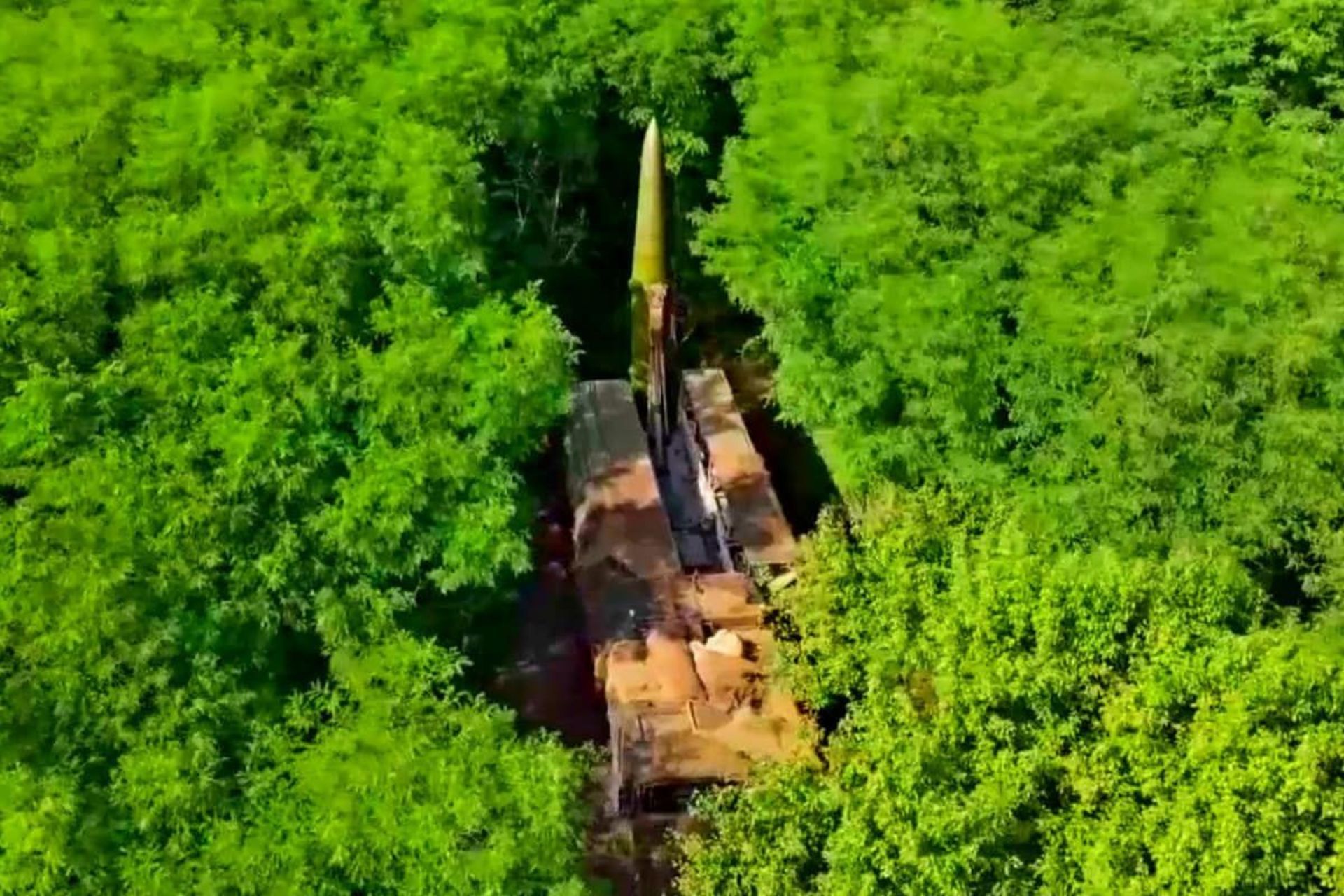
Iskander-M launcher near Russian position in Donetsk oblast, hide in forest, system is preparing to fire missile (Picture source: Russian Military bloggers )
Hypersonic Missiles: Kinjal
This is probably the most emblematic weapon used by the Russians. The Kinjal—"dagger" in Russian—was labeled one of the "invincible" weapons by the Russian president during his 2018 annual speech. It is a hypersonic ballistic missile launched from a MiG-31K fighter jet. "Hypersonic" refers to speeds five times the speed of sound (Mach 5, or over 6,125 kilometers per hour). While hypersonic speeds have been achieved for decades by ballistic missiles (like intercontinental missiles that can reach Mach 20), these weapons have simple and predictable ballistic trajectories (similar to a lob shot). The challenge is to combine these speeds with complex trajectories capable of defeating interception systems.
In theory, the Kinjal, first used in Ukraine on March 18, 2022, is "hyper-maneuverable" while being hypersonic. However, there is no evidence to suggest these missiles are "invincible." Firstly, they are derived from a well-known missile, the Iskander (see below). Secondly, the Ukrainians have repeatedly claimed to have intercepted several using their American Patriot batteries. In January 2024, Kyiv announced the destruction of no fewer than 10 Kinjal missiles, a "record" according to General Zaluzhny, the Commander-in-Chief of the Ukrainian Army. However, to date, no independent source has provided conclusive evidence. The Americans confirmed one interception on May 9, 2023.
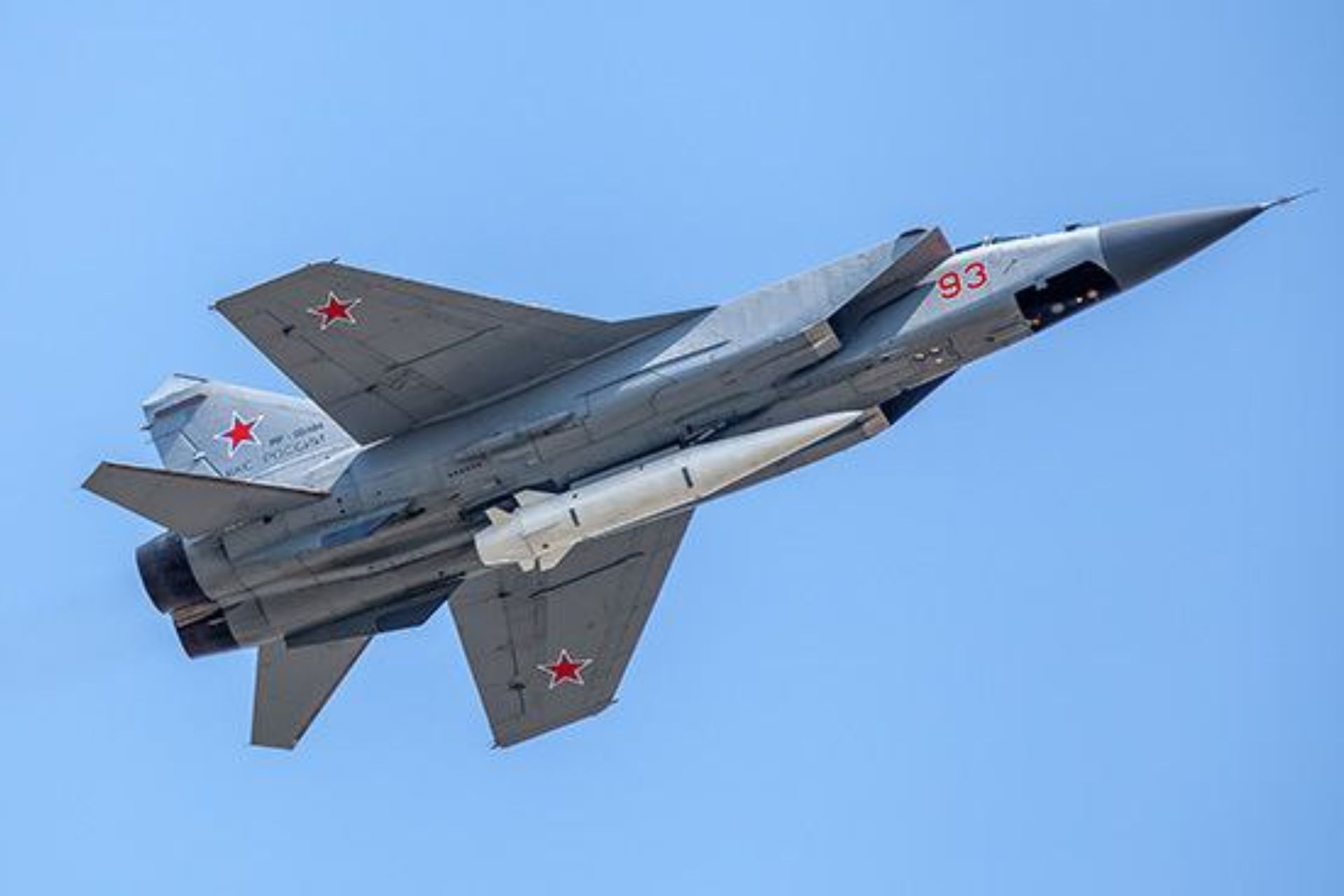
A Kinjal missile is carried by a Russian MIG-31K from an unknown location ( Picture source : Russian Defense Ministry Press Service)
Kalibr Cruise Missiles
The Kalibr is to Russia what the famous Tomahawk is to the United States. It is a naval cruise missile, launched from a surface ship or submarine, that flies at low altitude and subsonic speeds. Its key feature is a range of 1,500 to 2,500 kilometers, theoretically allowing Russia to strike anywhere in Ukraine. The Russian Black Sea and Caspian Sea fleets (connected via a canal system) are equipped with about fifteen Kalibr-carrying ships.
In recent months, Ukrainian drone and missile attacks on these ships have forced them to move away from the coasts, but this withdrawal is not a significant operational hindrance for the Kalibr missiles due to their range. First appearing in 1994 and modernized since, the Kalibr, equipped with a warhead of up to 500 kg, was first used in combat by the Russians in October 2015 during the Syrian war. There are also other variants, including anti-ship and anti-submarine versions.
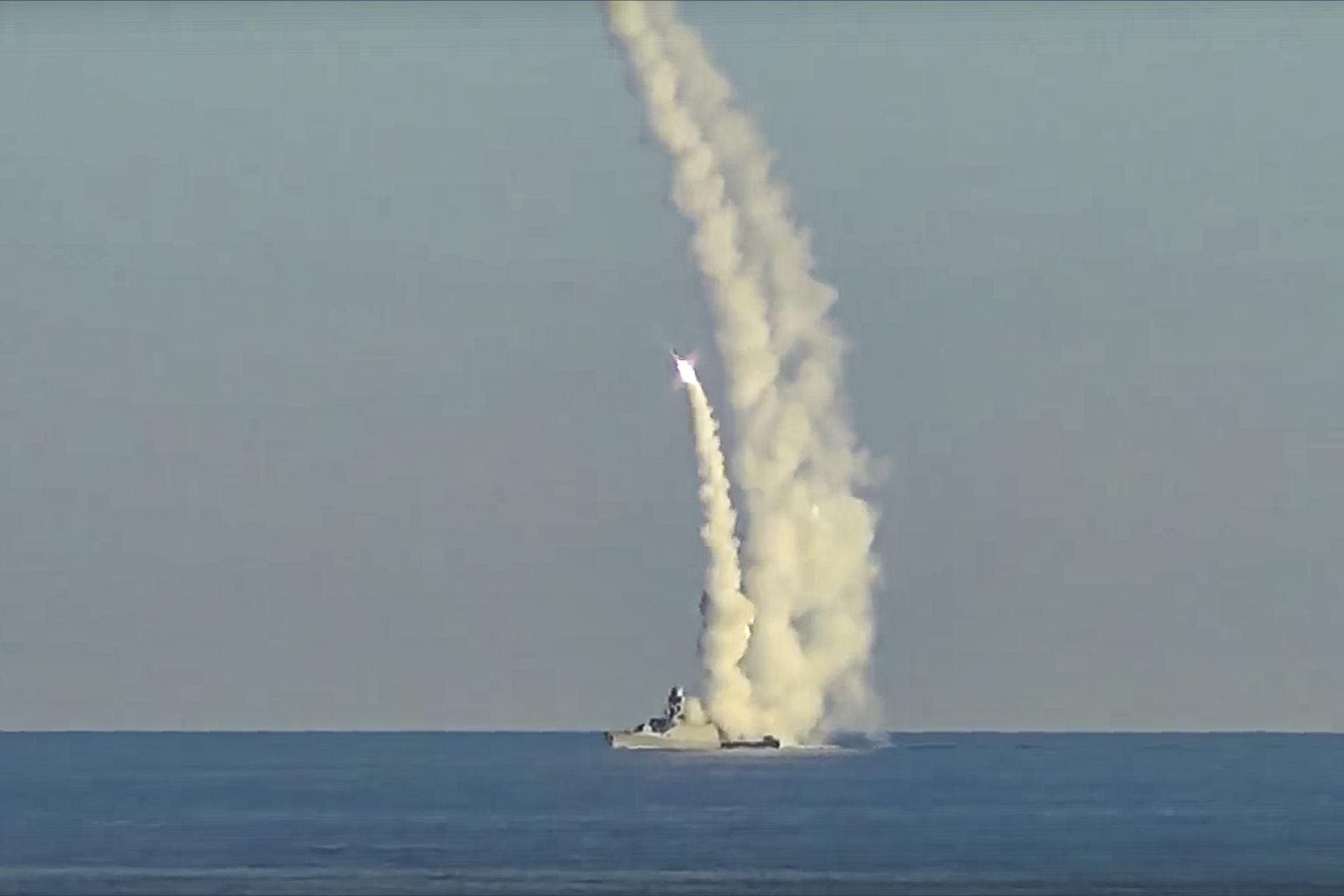
A long-range Kalibr cruise missile is launched by a Russian military ship from an unknown location ( Picture source : Russian Defense Ministry Press Service)
Iskander Semi-Ballistic Missiles
From land, the Russians use semi-ballistic Iskander missile batteries and their modernized version, the Iskander-M. This is likely the most commonly used weapon by the Russians to strike deep into Ukrainian territory. The so-called "semi-ballistic" trajectory is more direct than that of a conventional ballistic missile, making it harder to detect but also reducing its range.
This range was, in any case, conventionally limited by the 1988 Russo-American INF (Intermediate Nuclear Forces) Treaty, which became obsolete after the U.S. withdrew in 2018, citing Russian violations of the 500 km range limit. Since the end of this bilateral agreement, Moscow has never officially stated that they exceeded this former limit. The Iskander's warhead can carry up to 700 kg of explosives, and versions with cluster munitions (a mother bomb carrying a series of "bomblets") exist. Another missile—this time a cruise missile similar to the naval Kalibr—can also be launched from this ground system.
In Ukraine, the Russians also used, especially at the beginning of the invasion but less so now, an old short-range ballistic missile, the Tochka-U, officially retired from active service. Dating back to 1976 in its first version, it has a maximum range of only 180 km.

Iskander-M launcher near Russian position in Donetsk oblast, hide in forest, system is preparing to fire missile (Picture source: Russian Military bloggers )
Air-Launched Cruise Missiles
Russian bombers like the Tupolev Tu-22M3, Tu-95, and Tu-160 also deploy air-launched cruise missiles, such as the Kh-55 (first flight in 1976) or the Kh-101, which is supposed to be more stealthy (first flight in 1998). Like the Kalibr, they fly at low altitudes, at subsonic speeds, and can cover great distances (up to 3,000 km) with an explosive charge of up to 400 kg.
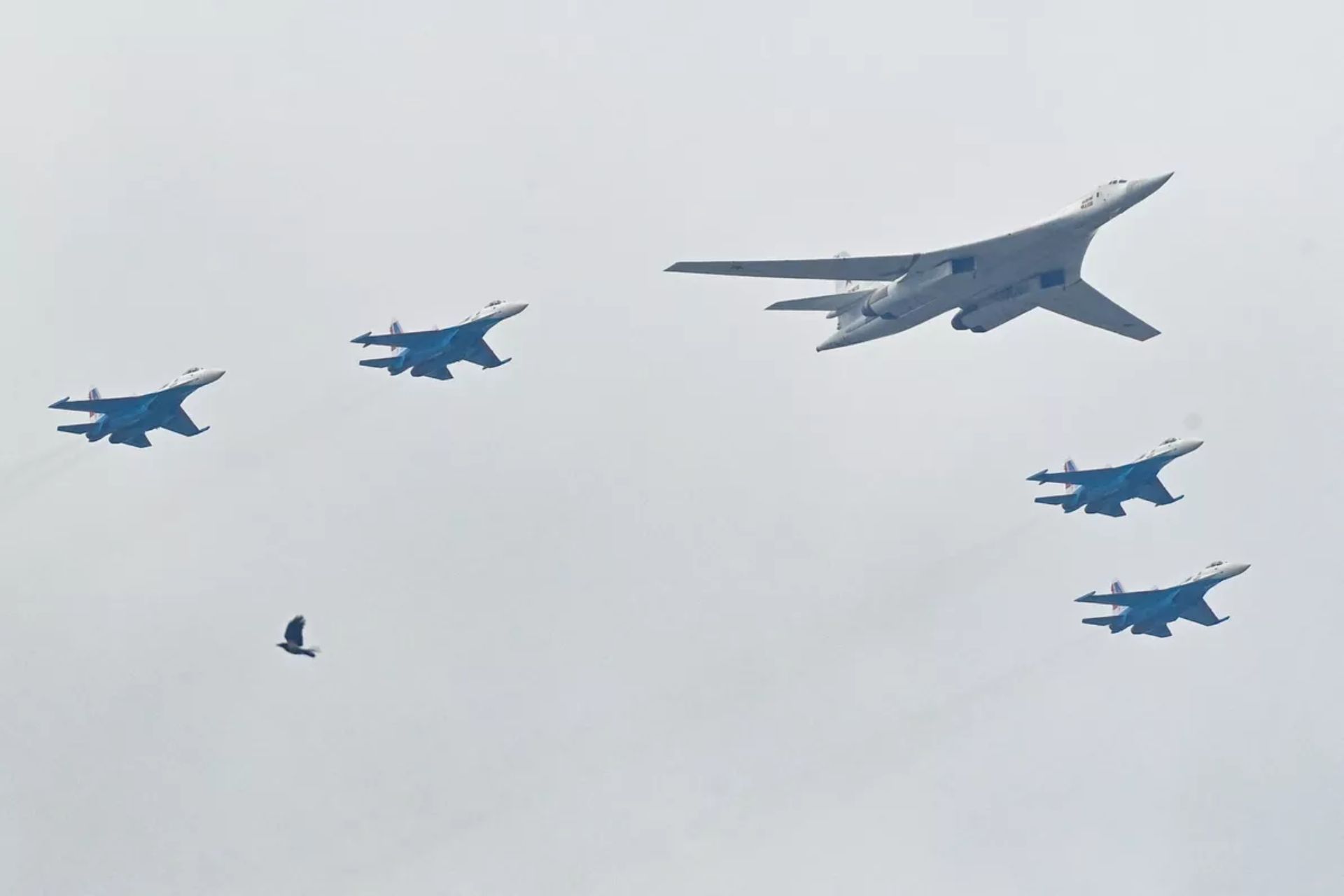
A Tu-160 bomber escorted by Su-35S fighters in 2021 over Red Square. ( Picture source : Kirill Kudryavtsev)
Long-Range Kamikaze Drones
A major development in 2023 was the use of long-range kamikaze drones that supplement the expensive and complex cruise and ballistic missiles. Russia initially lagged in this area at the beginning of the war but relied on its Iranian ally to address these shortcomings. This led to the appearance of Shahed-131 drones, in small numbers, and especially the Shahed-136, of which Moscow reportedly ordered 2,400 units from Tehran in October 2022. Russia has since been manufacturing its own version of this loitering munition, renamed Geranium for the occasion and slightly improved.
Equipped with a small four-stroke engine, a modest explosive charge (less than 50 kg), but capable of covering over 1,500 km, the Shahed-136 costs only $10,000 to $20,000. Anti-aircraft missiles, on the other hand, can cost up to a million dollars per unit... To counter these low-cost targets, Ukrainian air defense had to reinvest in artillery, with the delivery of German Gepard cannons.
The Ukrainians now suspect the Russians of using, since the beginning of 2024, a version of the Shahed kamikaze drone powered by a turbojet engine rather than a simple propeller engine. Its cruising speed would be significantly increased. The Iranians publicly unveiled such a drone, called the Shahed-238, for the first time in November 2023.

Shahed 136 crashes into a residential area in Kyiv in 2024, Ukraine. (Picture Source : Ukrainian civilians )
Lancet Drones
Unlike the Shahed-136 drone, which has a characteristic lawnmower sound, the Zala Lancet kamikaze drone is equipped with a quiet electric motor. Its use is different from the Iranian loitering munition, which requires pre-defining the target before takeoff and cannot change it during flight. Therefore, fixed targets are preferred. The Lancet, on the other hand, is designed primarily for mobile targets, such as artillery systems, radars, or armored vehicles. It can locate and acquire the target in real-time. However, its range (up to 70 km) is significantly shorter: this weapon is therefore mainly used near the front lines. The Lancet helps the Russians compensate for their relative weakness in long-range artillery, especially for counter-battery fire (fire aimed at destroying enemy artillery systems).
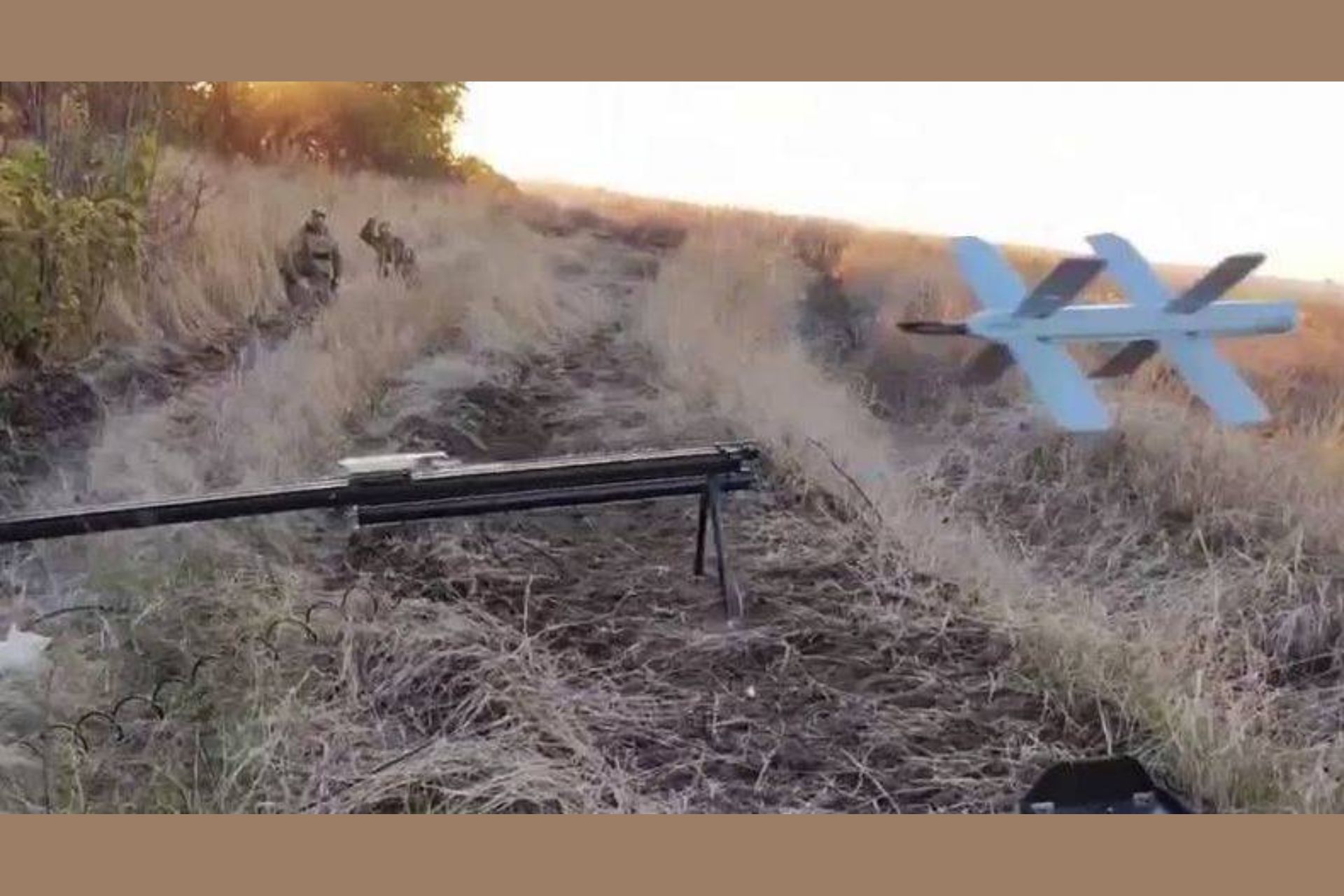
Launching system of Lancet munition in Ukraine , place and date unknown. (Picture source : Russian fighters)
Anti-Aircraft Missiles... Used Against Ground Targets
Among the unusual tactics observed on the battlefield is the use of long-range S-300 anti-aircraft missiles against ground targets. Some experts see this as a sign of ammunition shortages on the Russian side. At the same time, it allows the Russians to wear down enemy air defenses by using missiles that have been available in large quantities since the fall of the USSR. Depending on the version, the S-300 system has a range of up to 250 kilometers.
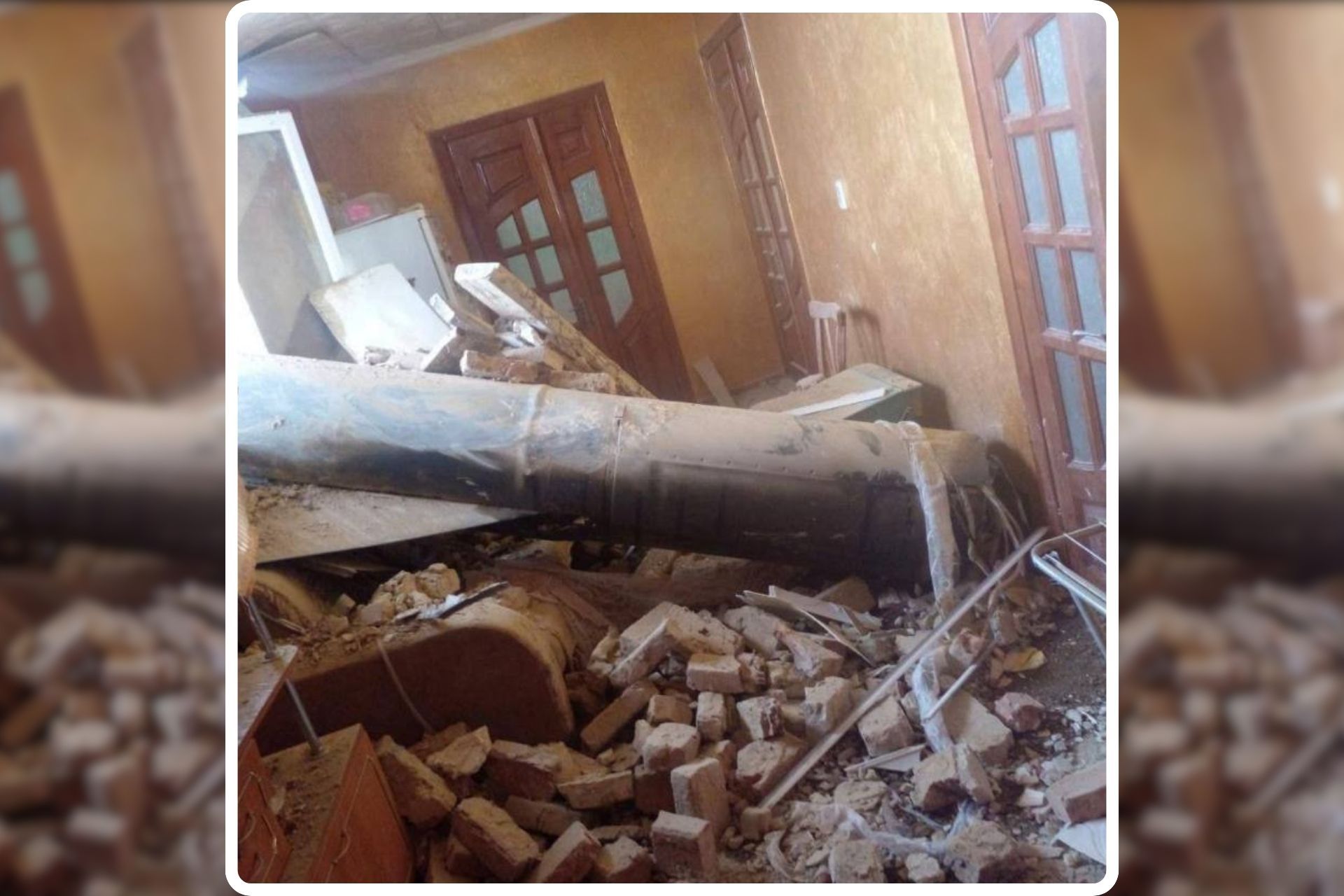
A S-300 landed without explosing in a house in Ukraine ( Pictures source : civilians )
In conclusion, according to Russian sources, the experimental Zircon, Avangard, and Peresvet missiles are already in service; however, no clearly identifiable images are available in open sources. Furthermore, the Russians have announced other delivery systems, such as the Petrel and Poseidon, which are still in the prototype stage, with limited use or live tests. The provided list is supported by testimonies and images confirming the existence and use of these systems. As for the rest, it is certain that some next-generation missiles, part of the weapons presented in 2018 as game-changing by the Russian president—the so-called Wunderwaffen—are already operational or nearly so. However, a lack of images and communication makes it particularly difficult to confirm their actual use.


























